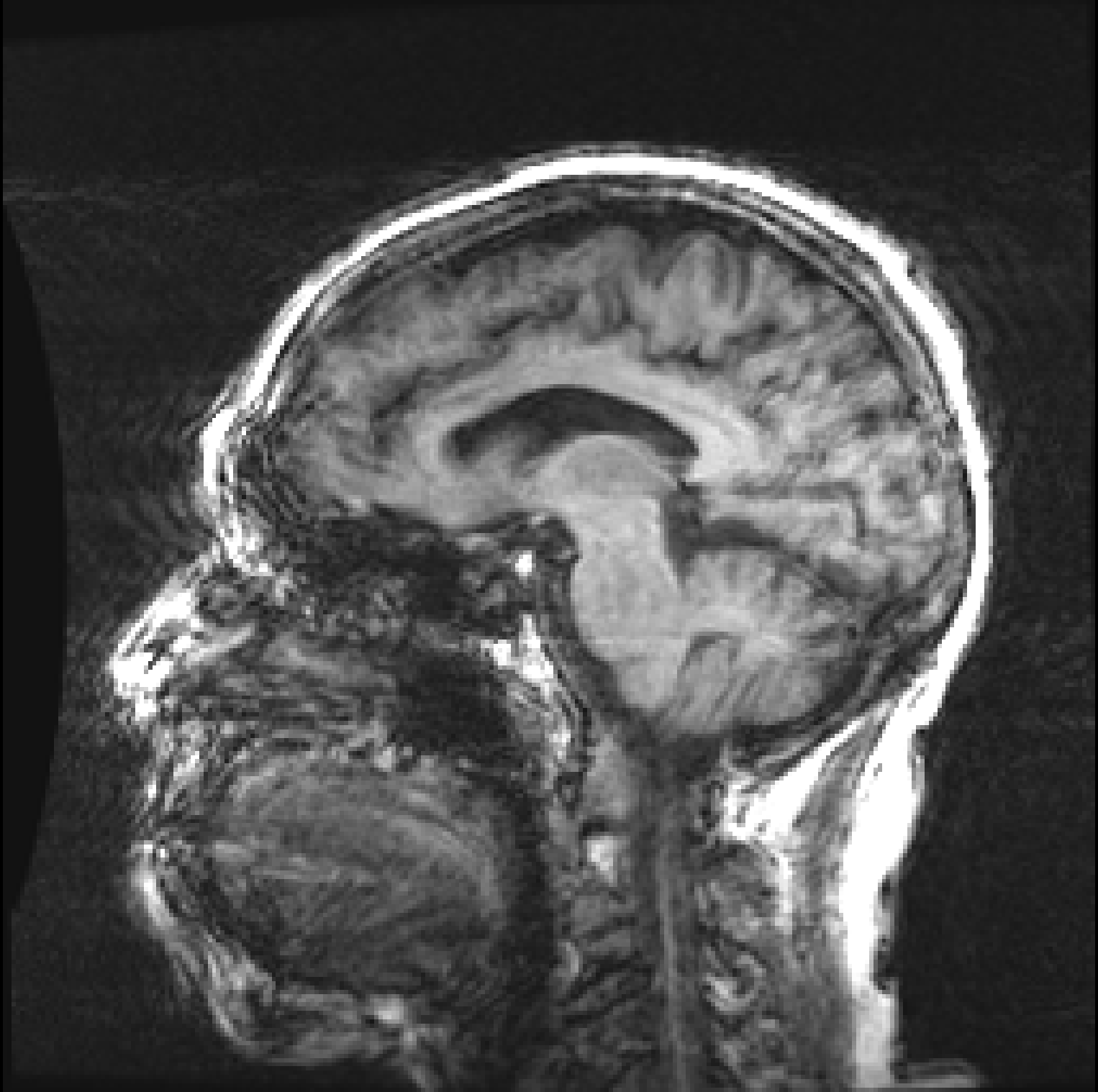Quality control (QC) of MR images is essential to ensure that downstream analyses such as segmentation can be performed successfully. Currently, QC is predominantly performed visually and subjectively, at significant time and operator cost. We aim to automate the process using a probabilistic network that estimates segmentation uncertainty through a heteroscedastic noise model, providing a measure of task-specific quality. By augmenting training images with k-space artefacts, we propose a novel CNN architecture to decouple sources of uncertainty related to the task and different k-space artefacts in a self-supervised manner. This enables the prediction of separate uncertainties for different types of data degradation. While the uncertainty predictions reflect the presence and severity of artefacts, the network provides more robust and generalisable segmentation predictions given the quality of the data. We show that models trained with artefact augmentation provide informative measures of uncertainty on both simulated artefacts and problematic real-world images identified by human raters, both qualitatively and quantitatively in the form of error bars on volume measurements. Relating artefact uncertainty to segmentation Dice scores, we observe that our uncertainty predictions provide a better estimate of MRI quality from the point of view of the task (gray matter segmentation) compared to commonly used metrics of quality including signal-to-noise ratio (SNR) and contrast-to-noise ratio (CNR), hence providing a real-time quality metric indicative of segmentation quality.
翻译:MR图像的质量控制(QC)对于确保成功进行分化等下游分析至关重要。目前,QC主要是在视觉和主观上进行,时间和操作员成本都很高。我们的目标是利用一个概率网络使这一过程自动化,通过一个偏振性噪音模型来估计分解不确定性,提供量度任务质量的量度。通过用 k- 空间人工制品来增加培训图像,我们提议一个新的CNN结构,以自我监督的方式分解任务和不同 k- 空间人工制品的不确定性来源。这样可以预测不同类型质量退化的不确定性。虽然不确定性预测反映了工艺品的存在和严重程度,但根据数据质量,网络提供了更可靠和可概括的分解预测。我们显示,经过艺术增强培训的模型提供了模拟工艺品和人类计数者发现的有问题的真实世界图像的不确定性度度,无论是质量和数量上的误标度。将亚精度不确定性与分解DRC的分度联系起来。我们观察到,从分解性预测反映了工艺品的存在和严重性分解率,我们用到比较了比性质量分数质量的比点,包括标准化的比标值的比点。

























